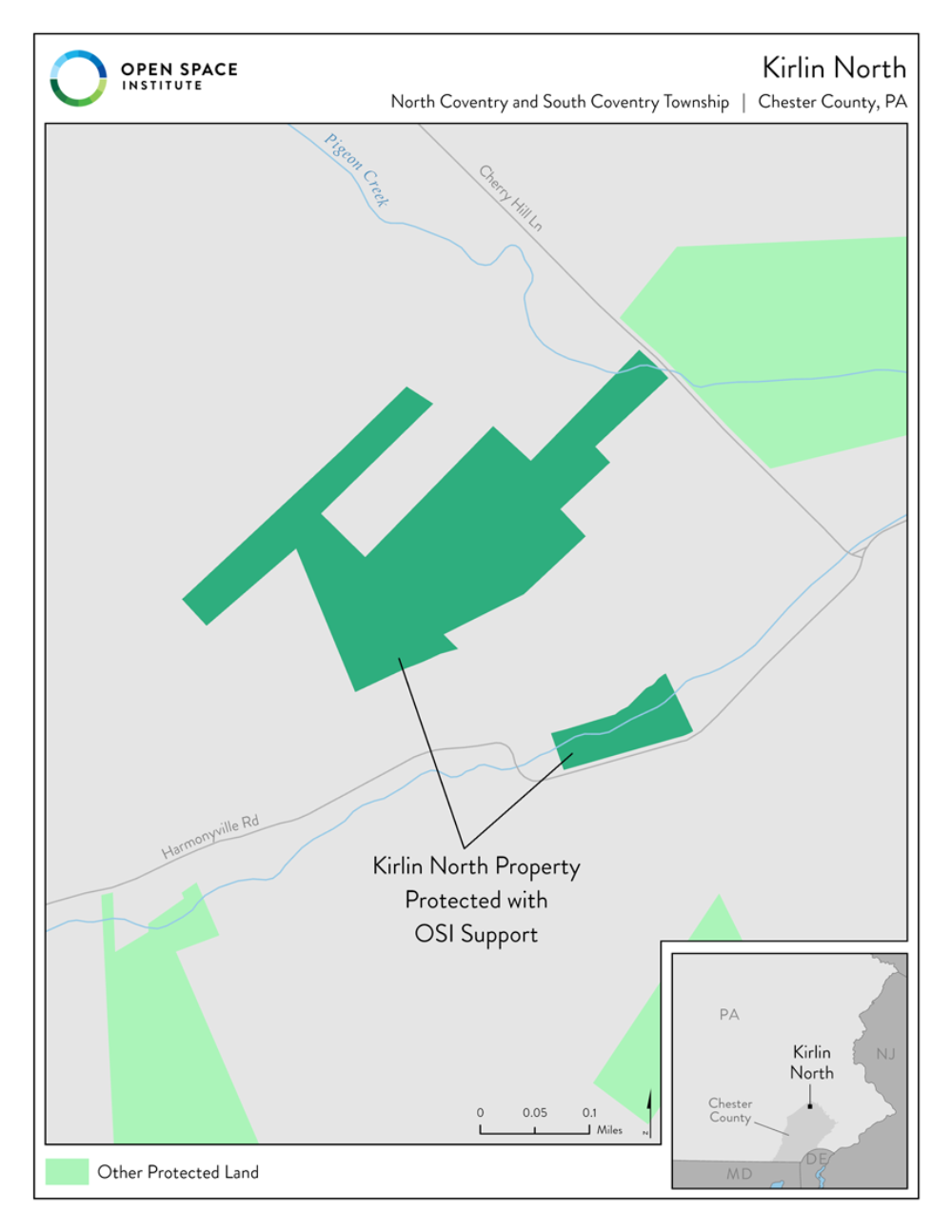What Is The Federal Funds Rate? – Forbes Advisor – Technologist
Editorial Note: We earn a commission from partner links on Forbes Advisor. Commissions do not affect our editors’ opinions or evaluations.
The federal funds rate is one of the Federal Reserve’s key tools for guiding U.S. monetary policy. It impacts everything from the annual percentage yields you earn on savings accounts to the rate you pay on credit card balances, which means the fed funds rate effectively dictates the cost of money in the U.S. economy.
How Does the Federal Funds Rate Work?
The Federal Open Markets Committee sets the federal funds rate—also known as the federal funds target rate or the fed funds rate—to guide overnight lending among U.S. banks. It’s set as a range between an upper and lower limit.
The federal funds rate is currently 4.75% to 5.00%.
Here’s how it works: Customers deposit money at banks, and those deposits provide banks with the capital needed for extending loans and other forms of credit to their customers. Regulators require that banks and other depository institutions keep a certain percentage of their total capital in reserve, to help guarantee their stability and solvency.
Read More: Federal Funds Rate History 1990 to 2023
The amount of capital held by banks fluctuates day to day as deposits are added and withdrawn, and loans are approved and repaid. This means their reserve requirements are also constantly changing.
Banks often need to borrow money from other financial institutions overnight to meet regulators’ reserve requirements—or they may end up with excess reserve capital to lend out to their peers. The federal funds rate provides a reference for institutions as they are borrowing or lending reserves.
The Federal Funds Rate and Monetary Policy
Congress has assigned the Federal Reserve two jobs, commonly known as its “dual mandate”: Maintain stable prices throughout the economy—a.k.a. keep inflation under control—and support maximum employment. In addition, it’s expected to help maintain moderate long-term interest rates and a stable financial system.
Fed funds is a key tool that lets the central bank manage the supply of money in the economy. That’s because it influences what banks charge each other, which informs the rates they charge you and their other customers.
Take the prime rate, a benchmark for consumer and business loans. The prime rate closely tracks changes to fed funds as banks pass on the changing costs they pay to meet reserve requirements.
When the Fed raises the fed funds rate, it’s aiming to boost short-term borrowing costs throughout the economy. This in turn reduces the supply of credit and makes loans more expensive for everyone. This can quell rising inflation by reducing the amount of money flowing through the economy.
Lowering the fed funds rate has the opposite effect. It reduces short-term interest rates throughout the economy, increasing the supply of money and making it cheaper to get credit. This may cause moments of low or negative inflation to turn around and may drive hiring as companies are able to grow more cheaply.
How the Fed Funds Rate Impacts the Economy
The federal funds rate doesn’t just impact interest rates, though. Its impact can be felt throughout the economy.
Expectations regarding changes to the fed funds rate in the months and years ahead are a key factor in the movement of Treasury yields, on which many other forms of business, government and mortgage-backed credit are priced.
The stock market is also very sensitive to changes in the federal funds rate. When the Fed cuts rates, for instance, stock markets typically spike higher since the borrowing costs for public companies should fall, making it cheaper to expand their businesses and boost earnings.
When rates rise, though, equity markets may struggle more as borrowing becomes more expensive and lenders are rewarded with higher rates.
The Federal Funds Rate Throughout History
The fed funds rate is dynamic, rising and falling as the Fed responds to changes in the economy. The FOMC holds eight policy meetings every year, at which they survey the economic landscape and vote on whether to hold fed funds steady or change the rate.
Over the last 50 years, the federal funds rate has ranged from a low of 0% to a high of 20% as the FOMC attempted to manage the economy.
- Fed Funds Rate High: 20%. In 1980, feds fund soared to 20% to battle double-digit inflation. Higher interest rates typically curb borrowing and spending as the cost of accessing lending and credit rise for consumers and businesses.
- Fed Fund Rate Low: 0%. In 2008, the Federal Reserve lowered the fed funds rate to 0%, to revive the economy during the Great Recession. It did so once again in 2020 to minimize the economic fallout from the Covid-19 crisis. Lower rates make lending and credit easier for borrowers to get, which spurs consumer and business spending and grows the economy.
Featured Partners
1
SoFi Automated Investing
1
SoFi Automated Investing





